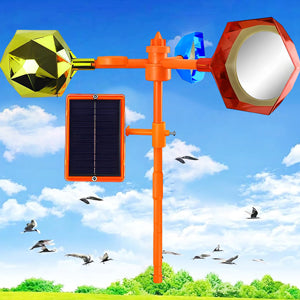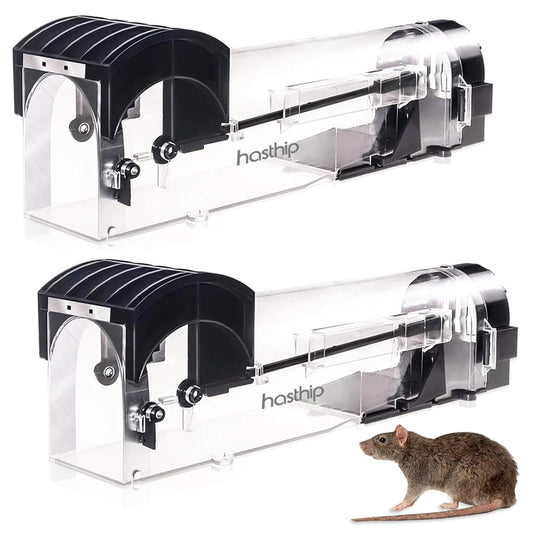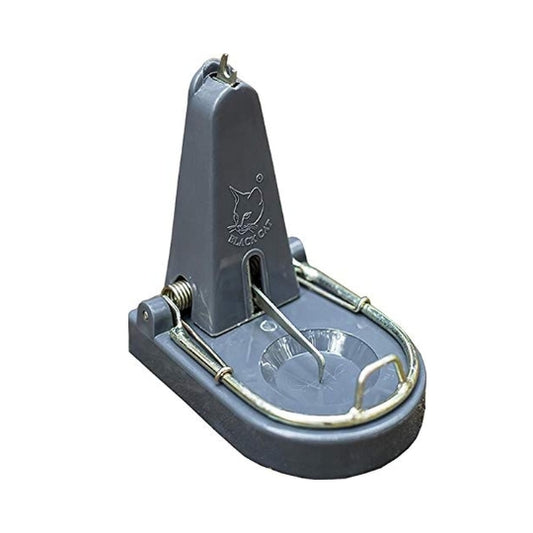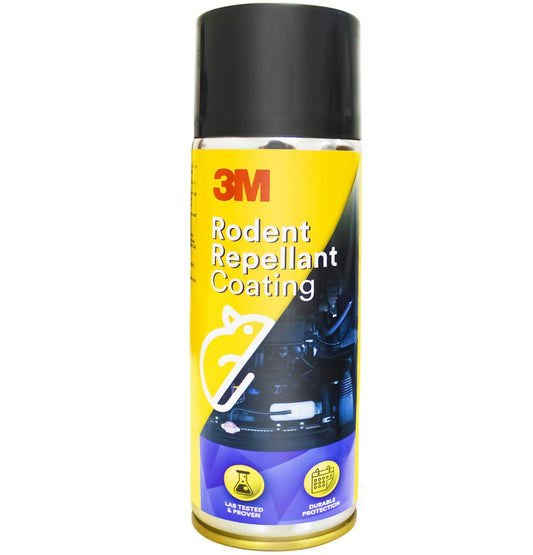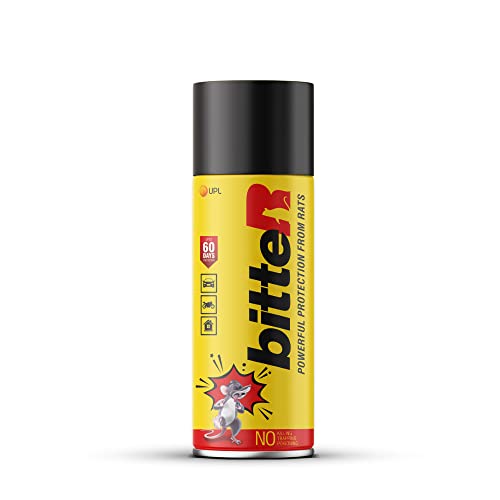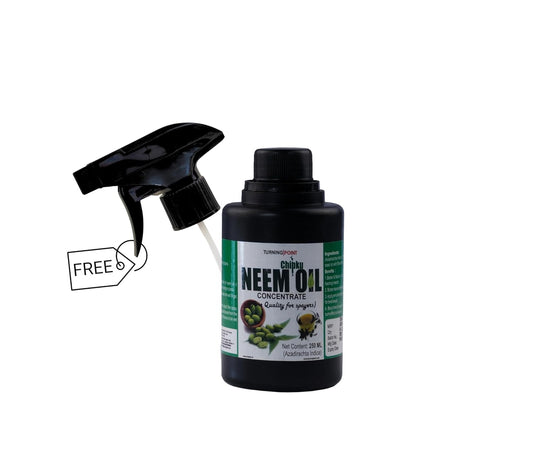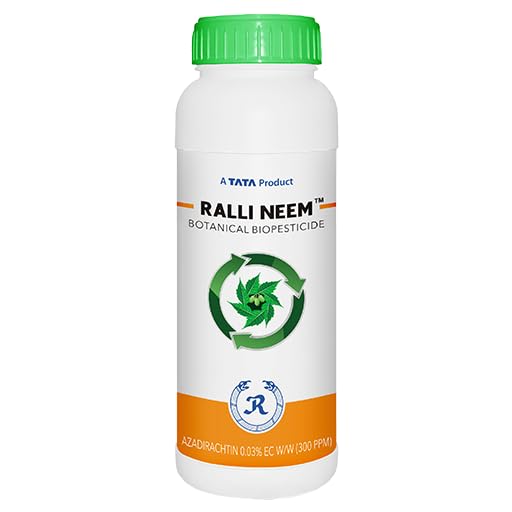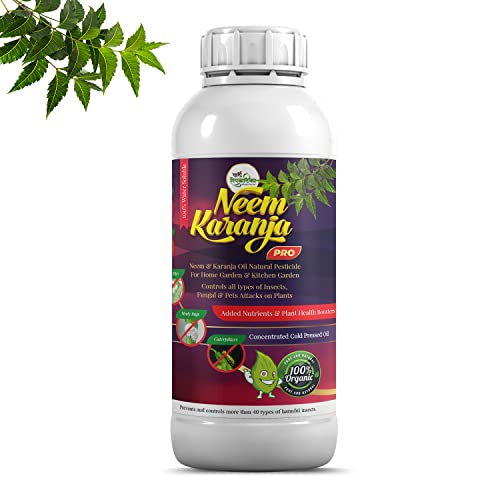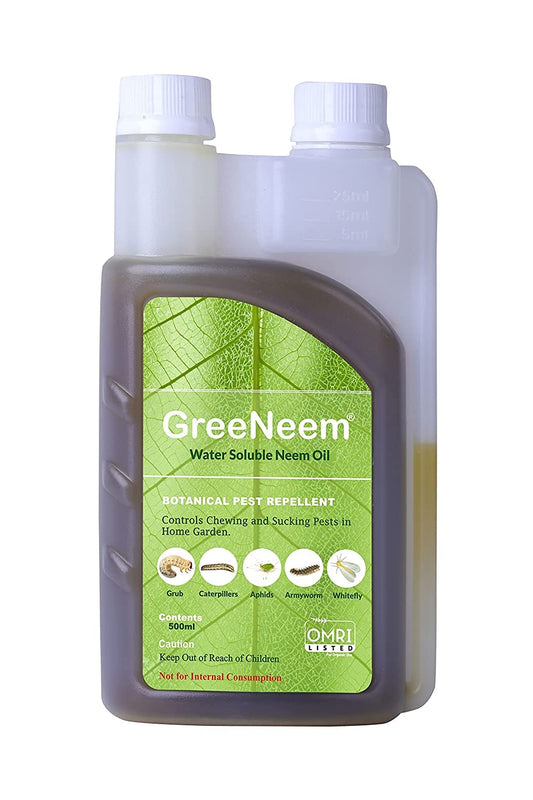The Pink Bollworm Predicament: Challenges and Strategies in Indian Cotton Farming
Share
Cotton is a major cash crop in India, and it is grown by millions of farmers across the country. Cotton provides a livelihood for millions of people, and it is a major source of income for rural communities.
ग्रामीण किसानों के लिए कपास की फसल आमदनी के मुख्य श्रोतों में एक है.
The cotton crop is important for the Indian economy in a number of ways. It is a major source of export earnings, and it also helps to generate employment in the textile and garment industries. Cotton is also a major source of raw materials for the domestic textile industry.
कपास के फसल से ढेर सारा रोजगार पैदा होता है.
The Indian farmer is heavily dependent on the cotton crop. Cotton is a labor-intensive crop, and it requires a lot of manual labor to grow and harvest. The Indian farmer typically invests a lot of time and money in growing cotton, and they are vulnerable to price fluctuations and crop losses.
कपास के दाम और उपज में होनेवाले उतार-चढ़ाव से सारी अर्थव्यवस्था पर गहरा असर होता है.
In recent years, the Indian cotton farmer has faced a number of challenges, including the increasing pests and disease stress, the rising cost of inputs, and the impact of climate change. These challenges have made it difficult for farmers to make a profit from growing cotton.
पिछले कुछ वर्षों से, कपास में बढ़ते समस्याओं के कारण, किसानोंका नुकसान हो रहा है.
Recently the biggest challenge in cotton crop is the pink bollworm. Scientifically known as Pectinophora gossypiella, is a moth that is native to the Americas. The pink bollworm is known as गुलाबी सुंडी (gulabi sundhi) in Hindi and గులాబీ బొల్లు (gulaabi bollu) in Telugu. It is a major pest of cotton crops, and can cause significant damage to the bolls (fruits) of the cotton plant. The adult moth is about 1 cm long and has a wingspan of about 2 cm. The female moth lays her eggs on the cotton bolls. The larvae hatch from the eggs and feed on the cotton fibers. The larvae eventually pupate inside the bolls.
पिछले कुछ वर्षो में, कपास में गुलाबी सुंडी का प्रकोप बढ़ते जा रहा है. इसके पतंग उड़कर नए क्षेत्रो में जाते है, अनेक नरों से मिलन के बाद मादा फूल और फलों पर अंडे देती है. इसमें से निकलने वाली इल्लिया फूल और फलों के अंदर रेंगते हुए विनाश करती है. फलों के अंदर ही कोष बनाया जाता है, जिसमे से पतंगो की अगली पीढ़ी तैयार होती है. कपास के गैर मौजूदगी में गुलाबी सुंडी टमाटर, भिंडी और तमाखू में आश्रय लेते हुए अपने जीवनचक्र को चलाए रखती है..
The pink bollworm can be found in all cotton-growing regions of the world. It is most common in warm, humid climates. The pink bollworm has a wide host range and can also feed on other plants, such as tomato, tobacco, and okra.
The main strength of Pink Bollworm is its Life Cycle.
The pink bollworm has a complete metamorphosis, which means it goes through four stages in its life cycle: egg, larva, pupa, and adult.
Egg: The female moth lays her eggs on the cotton bolls. The eggs are white and oval-shaped.
Larva: The larvae hatch from the eggs and feed on the cotton fibers. The larvae are pink and legless.
Pupa: The larvae eventually pupate inside the bolls. The pupa is brown and hard-shelled.
Adult: The adult moth emerges from the pupa and lays more eggs. The adult moth has a lifespan of about 2 weeks.
These stages of the life cycle help the pink bollworm to survive in a number of ways.
The eggs are laid on the cotton bolls, which provides a protected environment for the larvae to hatch and develop. Eggs hatch in 3-4 days. Newly hatched larvae are pink and legless, which helps them to blend in with the cotton fibers and avoid being seen by predators. This is longest and most active stage that lasts for 25 to 40 days. This stage causes maximum harm to the farmer's economy. This is follwed by pupation which protects it from predators. When good conditions are available pupation may finish in 7-8 days. However in adverse condition it may be extended up to 30 days. This adds the survival possibility of pest in environment. Adults exit from pupation and fly and mate for 10-15 days. A single female can mate with numerous males to produce genetically superior progeny. More over flying means spreading and finding new terettory that helps in survival.
गुलाबी सुंडी के जीवनचक्र में तमाम खासियतें है जो उसे अपनी जमात को बनाए रखने में मदद गार है. पतंगे नए क्षेत्रो के खोज करते है. हर मादा एक से अधिक नरों से मिलन करते हुए, नस्लों को अच्छे जनुक प्रदान करती है. क्योकि अंडे फलों पर दिए जाते है, अंडो से निकलती इल्ली को खाने की कोई कमी नहीं होती. फलों के अंदर इनका रक्षण होता है. कोष भी फलों के अंदर ही बनते है. जीवनचक्र को समझनेवाले किसान गुलाबी सुंडी के नियंत्रणहेतु अच्छी योजना बनाते है.
If farmers note this lifecycle properly, he can understand the strategy of controlling spread and survival of pink bollworm as we can't rely on single strategy of using chemical pesticides. We can prevent spread of pink bolloworms by using pheromone traps. These pheromone traps attract and eliminate male population of pink bollowrm adults. When female do not find males for mating, she fails to lay eggs. Pheromone traps should be using in standing crop as flowering starts and also used during storage of cotton in raw farms as adults fly from stored raw cotton too.
गुलाबी सुंडी के नियंत्रण हेतु तीन चार तरिके आजमाने होते है. फूल लगते समय, फेरोमोन ट्रैप के इस्तेमाल से पतंगों के मिलन और फैलाव में रोक लगती है. फल तैयार होते वक्त निम् के साथ तांत्रिक दवाओं के इस्तेमाल से इल्लियों का प्रबंध होता है.
Another stragegy is to increase frequency of combination of neem based pesticides and new generation chemical pesticide during the develpment of fruits Viz. balls. This kills the newly hatched larvae preventing the entry of larvae in balls. Once larvae enter the ball, there id not colution to control it.
- Acephate 50% + Bifenthrin 10 % WDG (Tangent-Anu Products, Acenthrin-Swal, Speedo-Prakruti)
- Acephate 25% w/w + Fenvalerate 3% w/w EC (Sardar-Nationa Pesticides, Contra-Sairam)
- Acephate 50% + Imidacloprid 1.8% SP (LANCER GOLD-UPL, Bahubali-Sydney)
- Acetamiprid 1.1% + Cypermethrin 5.5% EC
- Cypermethrin 10% + Indoxacarb 10% w/w SC
- Cypermethrin 3% + Quinalphos 20% EC
- Chlorpyrifos 50% + Cypermethrin 5%EC Advance-National, TERMINATOR-505-HPM, LARA-909-Crystal, Ulka 505-Biostadt, KORANDA 505-TATA Rallis, Lethal super 505-IIL, Premain super-Adama, Lalkaar-505-Toshi, Bang-X-sumitomo, Combi X super-sumitomo
- Chlorpyriphos 16% + Alphacypermethrin 1% TOOFAN-HPM; Alphasulphan-National
- Deltamethrin 1% + Trizophos 35%EC Shark-IIL, Delete-Toshi
- Ethion 40% + Cypermethrin 5% w/w EC HERO NO. 1-HPM, COLFOS-PII, Nagata-TATA Rallis, Rimjhim-IIL
- Indoxacarb 14.5% + Acetamiprid 7.7% w/w SC BAJIRAO-HPM
- Profenofos 40% + Cypermethrin 4% EC Banjo super-IIL, PERMIT-99-HPM, ROKET-PII, Hitcel & Kemcron plus-sumitomo, Kilcron Plus-Crystal, Profigan Plus-Adama
- Pyriproxyfen 5% EC + Fenpropathrin 15% EC SUMIPREMPT-Sumitomo
- Thiamethoxam 12.6% + Lambda cyhalothrin 9.5%ZC Alika-Syngenta, TEGATA-Parijat
Another tedious but good method to control spread and survival of pink bollowrm is to picking and destroying infected flowers and balls.
गुलाबी सुंडीको नियंत्रित करने का एक और कठिन लेकिन अच्छा तरीका, संक्रमित फूलों और फलों को चुनना और नष्ट करना है।
Here are some of the ways to identify infested cotton flowers and fruits:
- Look for small, white eggs on the flowers or fruits. The eggs of the pink bollworm are about 1 mm long and are oval-shaped. They are usually laid on the underside of the flowers or fruits.
- Look for small, pink larvae feeding on the flowers or fruits. The larvae of the pink bollworm are about 1 cm long and are pink and legless. They can be found inside the flowers or fruits, feeding on the cotton fibers.
- Look for brown pupae inside the flowers or fruits. The pupae of the pink bollworm are about 1 cm long and are brown and hard-shelled. They can be found inside the flowers or fruits, where they will develop into adult moths.
- Look for holes in the flowers or fruits. The pink bollworm larvae can make holes in the flowers or fruits as they feed. These holes can be a sign of infestation.
- Look for frass (insect droppings) around the flowers or fruits. The pink bollworm larvae produce frass, which is a brown, granular material. Frass can be found around the flowers or fruits, where the larvae have been feeding.
- If you see any of these signs, it is likely that the cotton flowers or fruits are infested with the pink bollworm. It is important to take action to control the infestation before it causes significant damage to the crop.
Cultural controls include:
Rotating cotton crops with non-host plants, Planting resistant varieties of cotton,
Biological controls include: Releasing parasites and predators of the pink bollworm and Using insect-pathogenic fungi. It is easy to recommend using host crops other than cotton, tomato, okra, and using parasitic insects and fungi. But in this, cooperation of agricultural university, administration and government is needed.
कपास, टमाटर, भिंडी इन मेजबान फसलों के अलावा अन्य फसलों का उपयोग करना, परजीवी कीटकों तथा फ़फ़ूँदो का इस्तेमाल करने की सलाह देना आसान है. लेकिन इसमें कृषि विद्यापीठ, प्रशासन, सरकार के सहयोग की जरूरत है.








